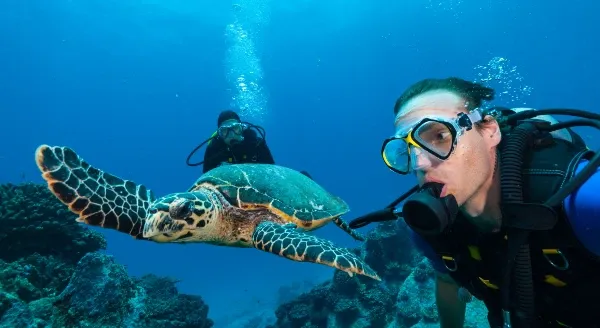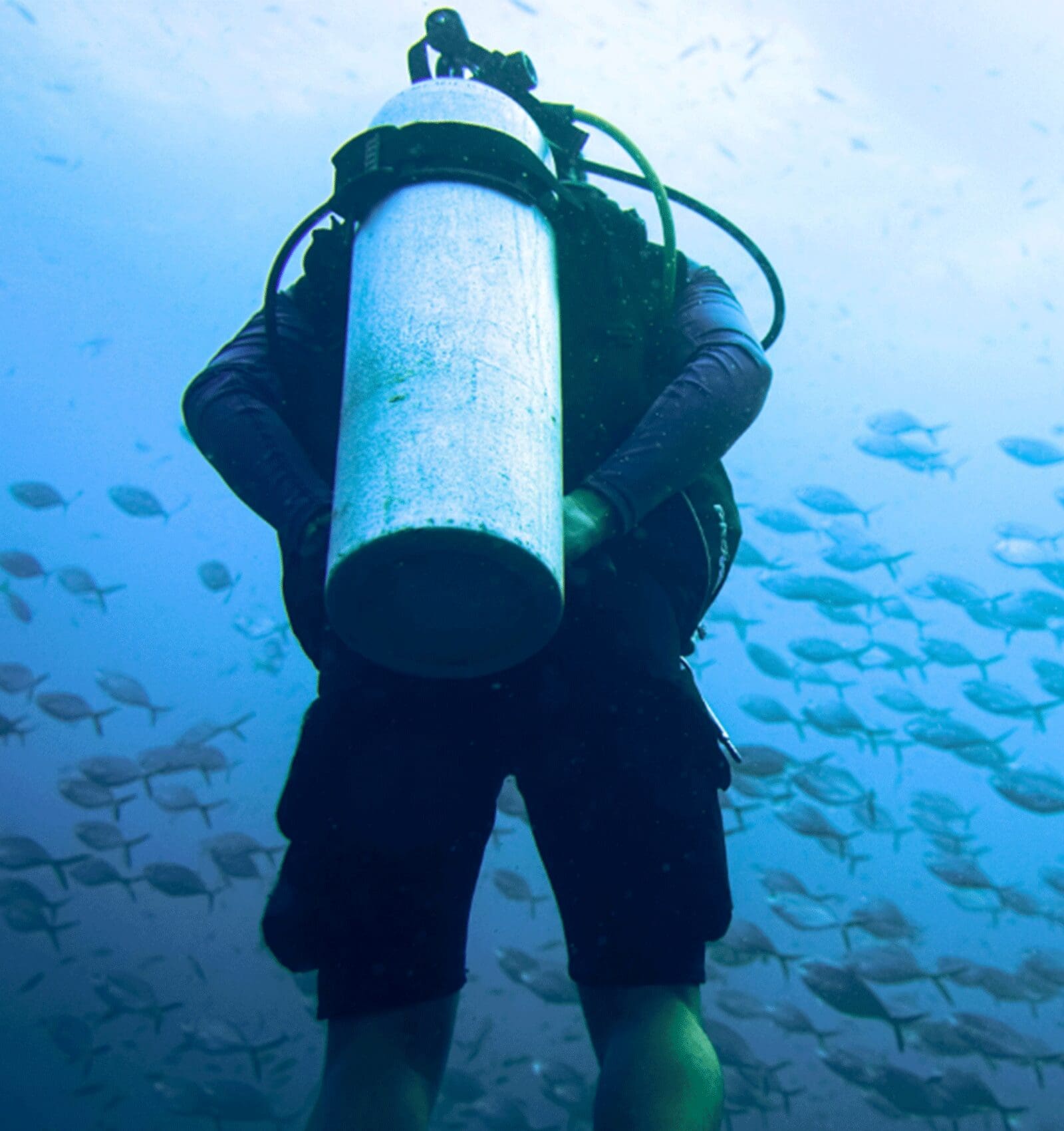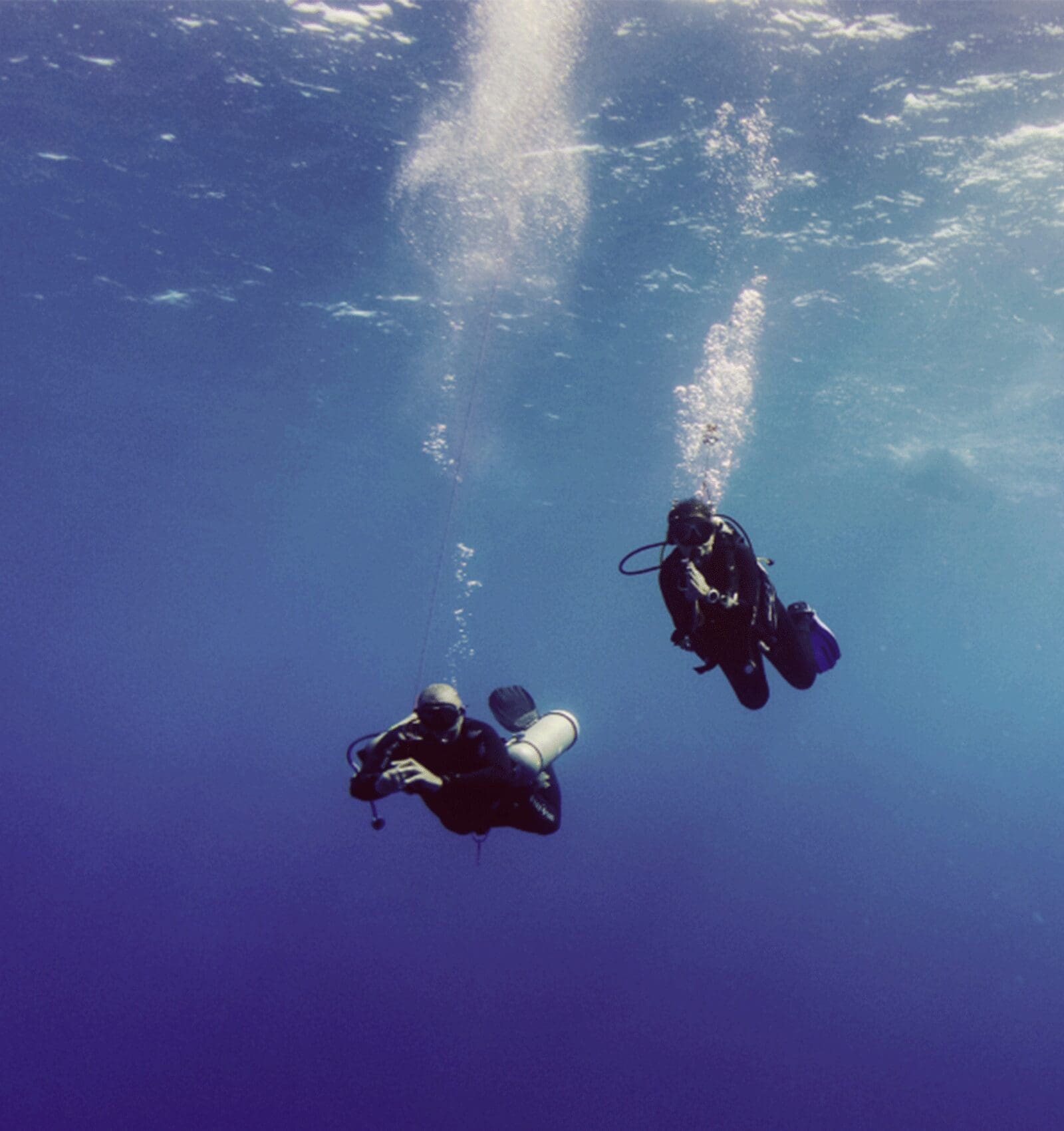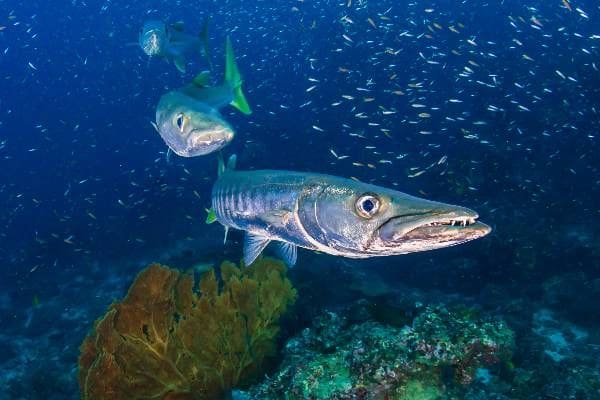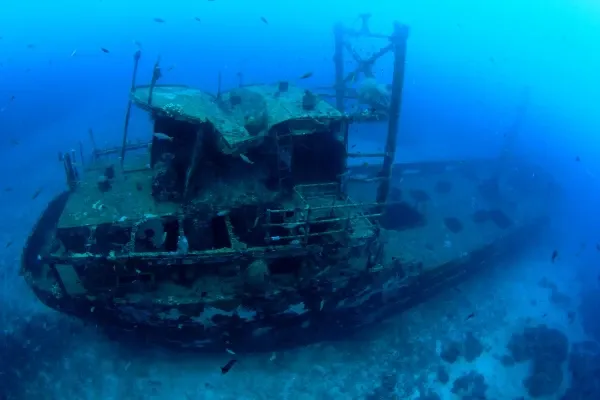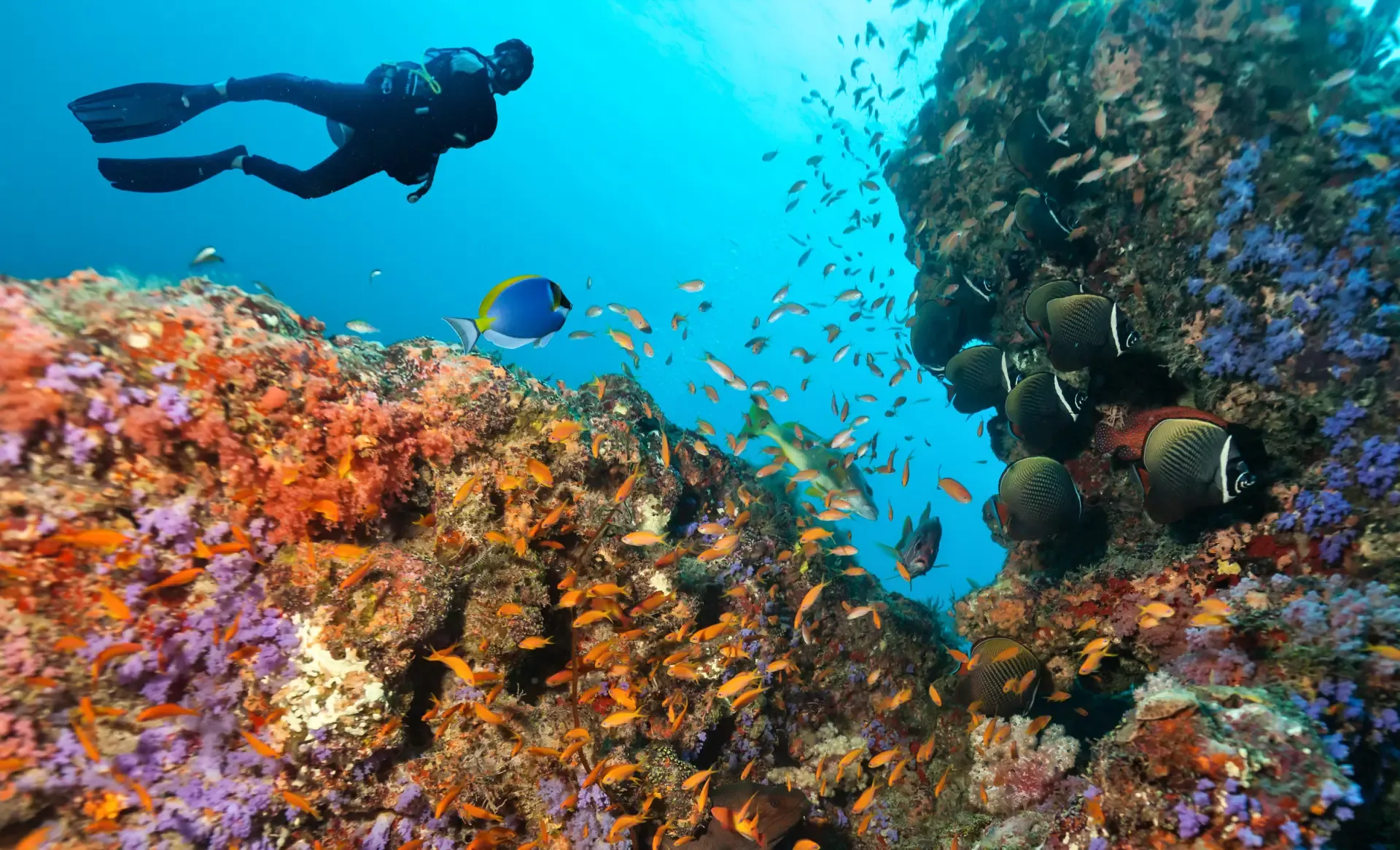Exploring the Camia Wreck in Boracay: A Diver’s Guide
Boracay, renowned for its stunning beaches and vibrant nightlife, also boasts some of the best diving spots in the Philippines. Among these, the Camia Wreck stands out as a favorite among both local and visiting divers. This blog post will take you on an in-depth journey into the history, marine life, and diving experience of the Camia Wreck, one of Boracay’s most fascinating underwater attractions.
History of the Camia Wreck
The Camia Wreck, also known as the Camia II, is an artificial reef created to enhance the marine ecosystem and offer divers a unique underwater experience. The wreck was originally a Japanese cargo ship that was intentionally sunk in 2001 by the local diving community and the Department of Tourism. The initiative aimed to create a new habitat for marine life and alleviate the pressure on natural reefs, which were suffering from overfishing and environmental stress.
Over the years, the Camia Wreck has transformed into a thriving underwater ecosystem, attracting a diverse array of marine species. The wreck lies at a depth of approximately 25-30 meters (82-98 feet) and has become a popular dive site for both recreational and technical divers.
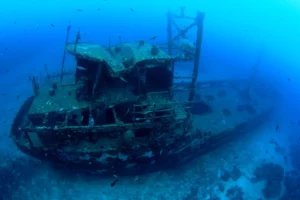 The Dive Site
The Dive Site
Location and Accessibility
The Camia Wreck is located off the west coast of Boracay, not far from the famous White Beach. The dive site is easily accessible by boat from most of the island’s dive centers, including New Wave Divers Boracay. The short boat ride, typically lasting around 10-15 minutes, makes it a convenient option for divers looking to explore an exciting wreck without a lengthy journey.
Dive Conditions
The dive conditions at the Camia Wreck are generally favorable, with visibility ranging from 10 to 25 meters (33-82 feet), depending on the season and weather. The waters around Boracay are warm year-round, with temperatures typically between 26°C (79°F) and 30°C (86°F). The currents at the site can vary, but they are usually moderate, making the wreck suitable for divers with an Advanced Open Water certification or higher.
The Wreck Structure
The Camia Wreck, measuring around 30 meters (98 feet) in length, rests upright on a sandy bottom. The ship’s structure is largely intact, providing divers with the opportunity to explore both the exterior and interior sections. The main deck, bridge, cargo holds, and various compartments are accessible, offering a fascinating glimpse into the ship’s past.
The exterior of the wreck is encrusted with a variety of corals and sponges, creating a colorful and textured landscape. The metal surfaces of the ship have become home to a multitude of marine organisms, turning the wreck into a vibrant artificial reef.
Marine Life at the Camia Wreck
The transformation of the Camia Wreck into a thriving marine habitat is one of its most compelling aspects. The wreck serves as a refuge for numerous species of fish, invertebrates, and other marine creatures, making it a hotspot for biodiversity.
Fish Species
Divers can expect to encounter a wide variety of fish species around the Camia Wreck. Schools of fusiliers, snappers, and jacks are commonly seen swimming around the structure, often in large numbers. The wreck’s nooks and crannies provide shelter for more elusive species such as lionfish, scorpionfish, and groupers. Barracudas and trevallies are also frequent visitors, adding to the excitement of the dive.
Macro Life
For those interested in macro photography, the Camia Wreck offers plenty of opportunities to capture stunning images of smaller marine creatures. The wreck is home to an array of nudibranchs, shrimps, and crabs, often found hiding among the corals and sponges. The vibrant colors and intricate patterns of these tiny creatures make for captivating subjects.
Coral and Sponge Growth
The surfaces of the Camia Wreck are covered in a rich tapestry of hard and soft corals, sponges, and other sessile organisms. This growth not only adds to the visual appeal of the wreck but also supports a complex ecosystem. The corals and sponges provide food and shelter for a myriad of marine species, contributing to the overall biodiversity of the site.
The Diving Experience
Preparing for the Dive
Before embarking on a dive to the Camia Wreck, it’s important to ensure that you are properly prepared. Due to the depth and potential currents, this dive is best suited for those with an Advanced Open Water certification or higher.
The Descent
As you descend towards the Camia Wreck, the outline of the ship gradually comes into view, emerging from the blue depths. The sight of the wreck, encrusted with corals and surrounded by fish, is both eerie and awe-inspiring. The descent typically begins with a mooring line attached to the wreck, providing a reference point and aiding in a controlled descent.
Exploring the Wreck
Once at the wreck, divers can choose to explore the exterior or venture into the interior compartments. The main deck offers a great starting point, with plenty of marine life to observe and photograph. Swimming along the deck, you can peer into the cargo holds and cabins, often finding interesting marine species hiding within.
For those comfortable with wreck penetration, the interior of the Camia Wreck offers additional opportunities for exploration. The bridge, engine room, and other compartments are accessible, but it’s important to exercise caution and maintain proper buoyancy to avoid disturbing the delicate marine life.
Safety Considerations
Diving the Camia Wreck requires adherence to standard wreck diving safety protocols. Always dive with a buddy and maintain clear communication throughout the dive. It’s also essential to carry a dive light, especially if you plan to enter the wreck, as some areas can be quite dark. Be mindful of potential hazards such as entanglement and sharp edges, and avoid disturbing the marine life and coral growth.
Conclusion
The Camia Wreck in Boracay offers a unique and captivating diving experience, combining the thrill of wreck exploration with the beauty of a thriving artificial reef. Whether you are an experienced wreck diver or a recreational diver looking to expand your horizons, the Camia Wreck has something to offer. With its rich history, diverse marine life, and accessible location, it is no wonder that this site has become a favorite among divers visiting Boracay.
At New Wave Divers Boracay, we are passionate about sharing the wonders of the Camia Wreck with our guests. Our experienced guides and top-notch equipment ensure a safe and enjoyable dive, allowing you to fully immerse yourself in the underwater world. Join us on an adventure to the Camia Wreck and discover why it is considered one of the best dive sites in Boracay.
